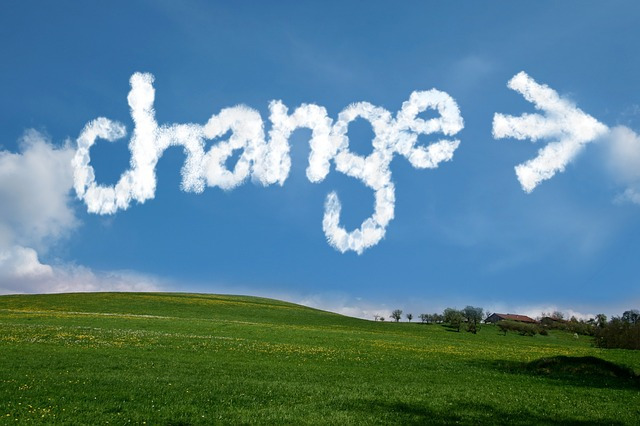What is Theory of Change?
As is often the case in international aid or non-profit management, there are many interpretations of what Theory of Change actually is.
For starters, we all have theories of change: ideas on how political, cultural, economic, religious, societal, local, small or big changes occur. We also have our ideas about what should be done to change things for the better. We have these ideas as private persons, but they also go around within organisations – on work related matters and others. But in organisations many of these ideas are implicit. There is a kind of consensus about them, but often they are not explicitly brought to the foreground, discussed or put to the test.
 When we talk about Theory of Change as an instrument for international assistance or societal change, some will define it as something you do on a strategic level of an organisation. Others take a more practical point of view and see it as a project management approach that replaces logical framework methods. Some even define it as a synonym for the first column of the logical framework – i.e. the project logic column.
When we talk about Theory of Change as an instrument for international assistance or societal change, some will define it as something you do on a strategic level of an organisation. Others take a more practical point of view and see it as a project management approach that replaces logical framework methods. Some even define it as a synonym for the first column of the logical framework – i.e. the project logic column.
There are also different opinions on when you develop a Theory of Change. Is it a continuous process? Or do you do it once to prepare for a programme or to help you with your strategic reflection? Some organisations use ToC on the level of an individual project or on the level of their entire organisation. But there are also Theories of Change that rise above the project/organisational level and that describe how a particular sector, context or (worldwide) challenge should be addressed.
For some ToC is not something you do at a given time, but a way of thinking. It is like having goggles on that allow you to see things continuously in a certain perspective. For others, it is an ongoing process of action-learning. And still others see it as a product, a result of a reflection process.
For most people and organisations however, Theory of Change is that thing where you make an ‘artwork’: a drawing or schematic with cards and arrows that shows how the intervention or strategy will work. This drawing may be clear as day to its architects, but people who were not involved may sometimes get dazed and confused trying to make sense of all the symbols and arrows.
But at its best the Theory of Change is a process of interaction and discovery that helps you see beyond your familiar frames and habits and understand the full complexity of the challenge in front of you. It can help you imagine new solutions in dialogue with other people and organisations through a process of open inquiry and dialogue.





Add new comment